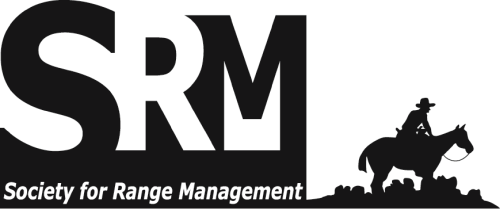Larkspur (Delphinium spp.) kills more cattle on mountain rangelands in the western U.S. than any other plant, disease or predator. The concentration of toxic alkaloids was measured in 4 larkspur species, at 10 locations, at 2-week intervals during the growing season. In addition, multi-year samples from previous studies were analyzed to determine year-to-year variation in toxic alkaloids. Mountain larkspur (D. glaucum Wats.) had the highest concentration of toxic alkaloids averaged over growth stages (1.01% of dry weight), tall, (D. barbeyi (L.) Huth) and waxy larkspur (D. glaucesens Rydb) were intermediate (0.65 and 0.49% respectively), and duncecap (D. occidentale S. Watts) was lowest (0.29%). Toxic alkaloid concentration generally declined as the plants matured. However, toxic alkaloids in tall larkspur at Yampa, Colo. increased slightly in the pod stage, and toxic alkaloids in waxy larkspur increased from the vegetative to the bud stage. Concentration of toxic alkaloids in tall and duncecap larkspur leaves were higher in plants growing in open sunlight than those shaded under aspen or conifer canopy. Toxic alkaloid concentration varied among individual plants (C.V. 20-60%). Knowledge of the toxic alkaloid concentration of larkspur populations can be used to predict the risk of larkspur poisoning. The Journal of Range Management archives are made available by the Society for Range Management and the University of Arizona Libraries. Contact lbry-journals@email.arizona.edu for further information. Migrated from OJS platform August 2020

Scholarly peer-reviewed articles published by the Society for Range Management. Access articles on a rolling-window basis from vol. 1, 1948 up to 5 years from the current year. Formerly Journal of Range Management (JRM). More recent content is available by subscription from SRM.